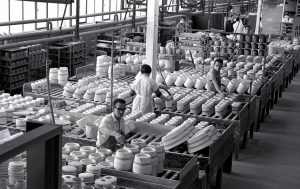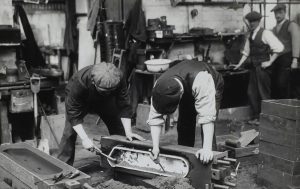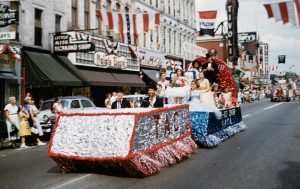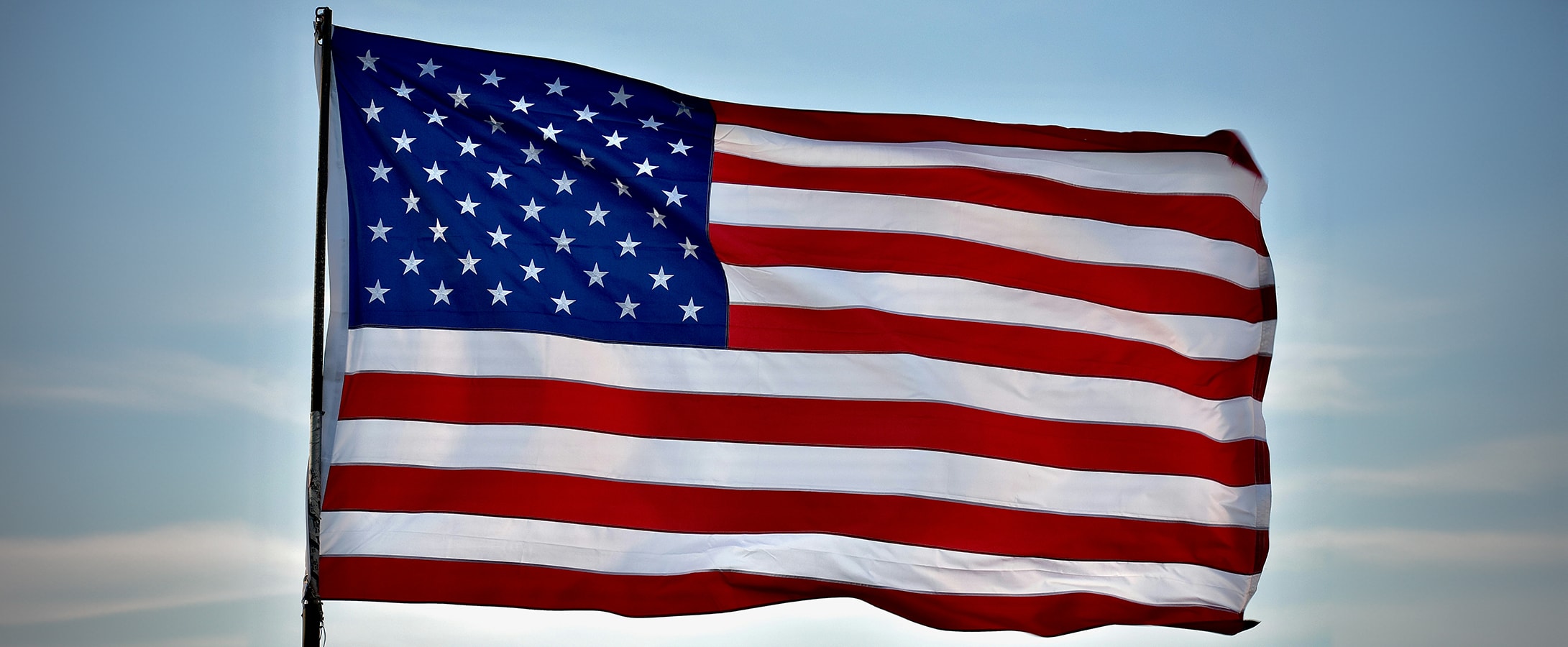Labor Day, celebrated on the first Monday of September, marks the unofficial end of summer with barbecues, parades, and outdoor festivities. But beyond these traditions lies a rich history behind Labor Day, rooted in the struggles and achievements of the American labor movement. Understanding this history helps us appreciate the significance of this holiday and why it remains an essential part of American culture.
If you’re searching for “Labor Day events near me,” it’s important to also know what this day truly represents. So, let’s dive into the history behind Labor Day and explore its origins, the people who made it possible, and its evolution over the years.

Photo by East Riding Archives on Unsplash.
Origins of Labor Day: A Response to Industrialization
The history behind Labor Day dates back to the late 19th century, during the peak of the Industrial Revolution. During this time, the American workforce was experiencing rapid changes. Factories, railroads, and mines demanded long hours—often 12 hours a day, seven days a week—in unsafe and unhealthy conditions. Workers, including children, toiled in harsh environments with little pay, no job security, and no rights.
What did these harsh, difficult, and abusive conditions lead to? The rise of labor unions, which were a direct response to these oppressive circumstances. Unions began organizing strikes and rallies to demand better wages, reasonable hours, and safer working conditions for everyone. The most notable of these was the Haymarket Affair in Chicago in 1886, where a peaceful rally turned violent after a bomb was thrown, leading to the deaths of several police officers and civilians.

Photo by Museums Victoria on Unsplash.
The Creation of Labor Day: A National Holiday
As mentioned before, the history behind Labor Day as a national holiday began with the efforts of labor unions to honor the contributions of workers. The first official Labor Day holiday was celebrated on September 5, 1882, in New York City and it was organized by the Central Labor Union (CLU). The event featured a parade, followed by a massive picnic where workers and their families could relax and enjoy a day off from their grueling schedules.
The success of this event is what sparked the idea of making Labor Day a national holiday. In 1894, following the Pullman Strike—a nationwide railroad strike that led to violent clashes between workers and federal troops—President Grover Cleveland signed a bill into law designating the first Monday in September as Labor Day. This was seen as a way to reconcile with the labor movement and recognize the significant role of all workers—men, women, and yes, even children—in building the nation.

Photo by Annie Spratt on Unsplash.
So How Is Labor Day Seen Nowadays?
Today, Labor Day is both a tribute to the history behind this holiday and a celebration of the American workforce. It also honors the men and women whose hard work and dedication have contributed to the prosperity and well-being of the United States. Over the years, the holiday has evolved from a day of protest and advocacy to one of relaxation and celebration, often marking the end of summer with family gatherings, picnics, barbecues, and other community events.
If you’re searching for “Labor Day events near me,” you’ll find a wide array of activities ranging from parades and fireworks to concerts and outdoor festivals. Many communities host events that bring people together to enjoy the day off and reflect on the importance of labor in society. Whether it’s a local parade, a charity run, or a community picnic (why not include some delicious blue, red, and white Woops! macarons in it? 😉), these events help keep the spirit of the holiday alive.

Photo by Brooke Cagle on Unsplash.
Why Understanding the History Behind Labor Day Matters
Understanding the history behind Labor Day is crucial in appreciating the rights and benefits workers enjoy today. The holiday serves as a reminder of the struggles and sacrifices made by past generations to secure fair treatment, reasonable hours, and safe working conditions for all… and for ever. It also highlights the ongoing importance of labor unions and the need to continue advocating for workers’ rights.
So, as you search for “Labor Day events near me” this year, take a moment to reflect on the true meaning of the holiday. Remember the history behind this very important day and the many workers who fought for the rights and privileges we often take for granted. Whether you’re attending a local event or simply enjoying a day off, this is an opportunity to honor the American workforce and its vital role in shaping the nation.






